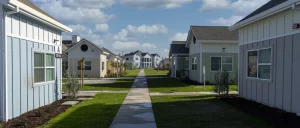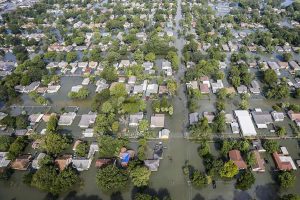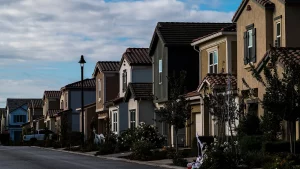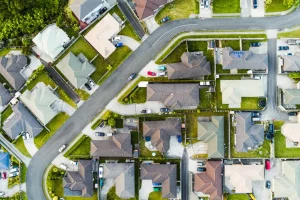
Introduction
The real estate sector is witnessing a shift towards community-driven projects that prioritize sustainability and social responsibility. In this article, we’ll delve into how these community-driven initiatives are leading the way in combining sustainability and responsibility. Discover innovative trends, initiatives, and gain valuable insights through a comparative table showcasing real estate projects dedicated to community-driven development.
The Rise of Community-Driven Real Estate
Community-driven real estate projects focus on more than just profit. They prioritize the needs and aspirations of the communities they serve, making sustainability and social responsibility integral to their mission.
Initiatives for Community-Driven Development
- Affordable Housing: Community-driven real estate projects aim to provide affordable housing solutions, aligning with SDG 11, “Sustainable Cities and Communities.”
- Community Engagement: These initiatives foster active community participation, creating spaces where residents have a say in their neighborhoods’ development.
- Environmental Stewardship: Sustainability is a core component, with green building practices, energy efficiency, and conservation efforts.
- Inclusive Design: Inclusivity and accessibility are paramount, ensuring that real estate projects are welcoming to people of all abilities, contributing to SDG 10, “Reduced Inequalities.”
- Economic Empowerment: Community-driven projects create economic opportunities, promoting local businesses and job growth.

Image by: https://www.ey.com/
Comparative Table of Community-Driven Real Estate Projects
Let’s explore a selection of community-driven real estate projects through the following comparative table:
| Project Name | Description | Key Community-Driven Features |
|---|---|---|
| Fruitvale Village, Oakland | A mixed-use development prioritizing community engagement | Affordable housing, local business support, community programs |
| Serenbe, Georgia | A wellness community integrating nature and sustainable design | Inclusive design, conservation efforts, local farm-to-table initiatives |
| Sustainable South Bronx, New York | A nonprofit driving sustainable and inclusive community development | Job training, green infrastructure, community advocacy |
| The Waters, Minnesota | A community with a focus on water conservation and community involvement | Water management initiatives, active community participation, green building practices |
| East Lake, Atlanta | A revitalized neighborhood focusing on education, affordable housing, and job growth | Educational programs, affordable housing, local business support |
These projects exemplify how community-driven real estate initiatives lead in combining sustainability and social responsibility.
Innovative Trends Shaping the Future
- Equity in Housing: Community-driven projects are committed to providing affordable housing and promoting housing equity.
- Cooperative Ownership: Cooperative ownership models are on the rise, allowing residents to have a stake in their communities.
- Sustainable Infrastructure: Sustainable infrastructure and green building practices are integral components of community-driven development.
- Social Entrepreneurship: The intersection of business and social responsibility is fostering economic empowerment and community support.
- Local Resilience: Projects are becoming more resilient by addressing environmental issues and preparing communities for potential challenges.
The Ongoing Commitment to Community-Driven Development
Community-driven real estate projects are deeply committed to their communities and their values. As a result, their initiatives are an ongoing journey of growth and improvement.
Conclusion
Community-driven real estate is not just about building structures; it’s about building sustainable and inclusive communities. Whether you’re a developer aiming to create community-driven projects, an investor looking to support initiatives that prioritize people and the planet, or a homeowner seeking a community that aligns with your values, the real estate sector is evolving to meet your community-driven goals. With a commitment to affordable housing, community engagement, environmental stewardship, inclusive design, and economic empowerment, community-driven real estate is not just navigating sustainability and responsibility; it’s charting a course for a better and more inclusive world. Embrace community-driven real estate and become a part of the movement that places community at the forefront of development, making sustainability and responsibility the norm, not the exception.
















